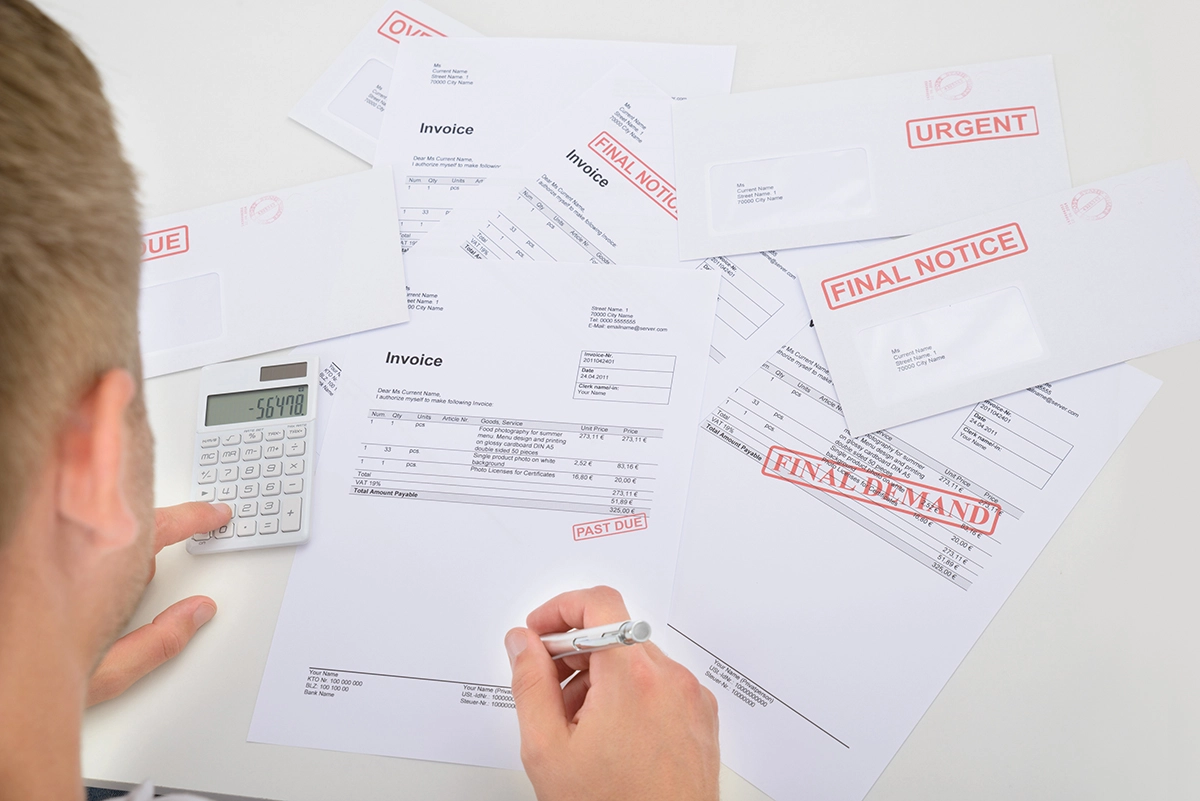While gross profit can vary widely from month to month depending on how busy your company is, gross margin should not vary more than a few points each month.
Deliving deeper into understanding your profit and loss (P&L) statement, let's examine the results of sales minus cost of goods sold, or gross profit. Actually, the more important value to track is gross margin (gross profit divided by sales).
While gross profit can vary widely from month to month depending on how busy your company is, gross margin should not vary more than a few points each month. If it does, you must find out why the margin is varying.
There are seven major reasons why your gross margin isn't consistent.
1. Financial statement fruit salad.
First, if your gross margin is negative, you definitely have financial statement fruit salad, since no contractor intentionally buys a part for $25 and sells it for $10.
Financial fruit salad occurs when revenues (apple month) are accounted for in one month and the expenses against those revenues (orange month) are accounted for in another month. When you calculate your gross profit and gross margin, you have apples compared to oranges — or fruit salad.
You do not want fruit salad. You want only apples! Revenues must match expenses in the same month. This helps ensure you can make accurate decisions about your revenues and direct costs.
If you put revenues in one month and expenses in another month, you're fooling yourself.
Here's what happens: The month with the revenues and no expenses will look like a great month from a profit perspective. You'll feel great about the business. The month that has the expenses and no revenues will be a profit loser and you'll feel bad about the business.
If there's a sale in one month, the direct costs for that sale must be in the same month.
Quite frankly, when I see negative gross margins or wildly swinging gross margins, I know a bookkeeper is lazy because he or she hasn't ensured all revenues and expenses are in the same month.
To avoid financial statement fruit salad, don't close a month until all expenses against revenues are in the same month.
2. Inventory accounted for as material expense.
If you don't have financial statement fruit salad, the next place to look is inventory accounted for as material expense.
Did you get a large stocking order? If so, these materials should go into inventory and not be considered material expenses until they're used at a customer's location. If you purchase materials and equipment specifically for a job, that material and equipment never goes into inventory. It's material expense and is subtracted from job revenue.
3. Jobs over or under in labor or materials.
The next place to look is pricing. This can also be categorized as service technicians with different gross margins.
Let's take service first. Is one technician charging only a diagnostic charge most of the time? Many service software programs allow you to create a P&L statement for each technician. Do it. You'll find which technicians are the most profitable for your company. If the technicians have widely different gross margins, the service department P&L statement will have varying gross margins.
Why do different technicians have different gross margins? Why is their productivity different? Find the answers to these two questions and you'll increase the overall productivity and margin of the service department.
Then look at replacement bids vs. actual costs. If a salesperson bid 12 hours on a job and the job took 16 hours, your gross margin will be lower than projected. On the positive side, if a salesperson bid 12 hours and the job took 10 hours, you'll have a higher gross margin than projected. Either way, the gross margin won't be consistent with the bid.
Remember to bid hours in half-day groups. Jobs should be estimated as 4, 8, 12, 16, etc. hours because 10-hour jobs magically stretch to 12 hours and 6-hour jobs, for some reason, always take a day.
Your crews are stretching the time to fill their days, so it's more efficient to simply estimate in increments of full or half days.
The other issue you may have is salesperson time vs. reality time. This means a salesperson bids a job with lower hours so he or she can get the job. Then, when the job is installed the actual hours always come in over the bid jobs.
This means the jobs are never as profitable as predicted. The only way to resolve this is to pay salespeople on the profit of a job, not the sales.
Stay tuned next month for the last four reasons your gross margin isn't consistent.
 Ruth King is president of HVAC Channel TV and holds a Class II (unrestricted) contractors license in Georgia. She has more than 25 years of experience in the HVACR industry, working with contractors, distributors and manufacturers to help grow their companies and make them profitable. Contact her at ruthking@hvacchannel.tv or call 770-729-0258.
Ruth King is president of HVAC Channel TV and holds a Class II (unrestricted) contractors license in Georgia. She has more than 25 years of experience in the HVACR industry, working with contractors, distributors and manufacturers to help grow their companies and make them profitable. Contact her at ruthking@hvacchannel.tv or call 770-729-0258.


 Ruth King is president of HVAC Channel TV and holds a Class II (unrestricted) contractors license in Georgia. She has more than 25 years of experience in the HVACR industry, working with contractors, distributors and manufacturers to help grow their companies and make them profitable. Contact her at
Ruth King is president of HVAC Channel TV and holds a Class II (unrestricted) contractors license in Georgia. She has more than 25 years of experience in the HVACR industry, working with contractors, distributors and manufacturers to help grow their companies and make them profitable. Contact her at 



